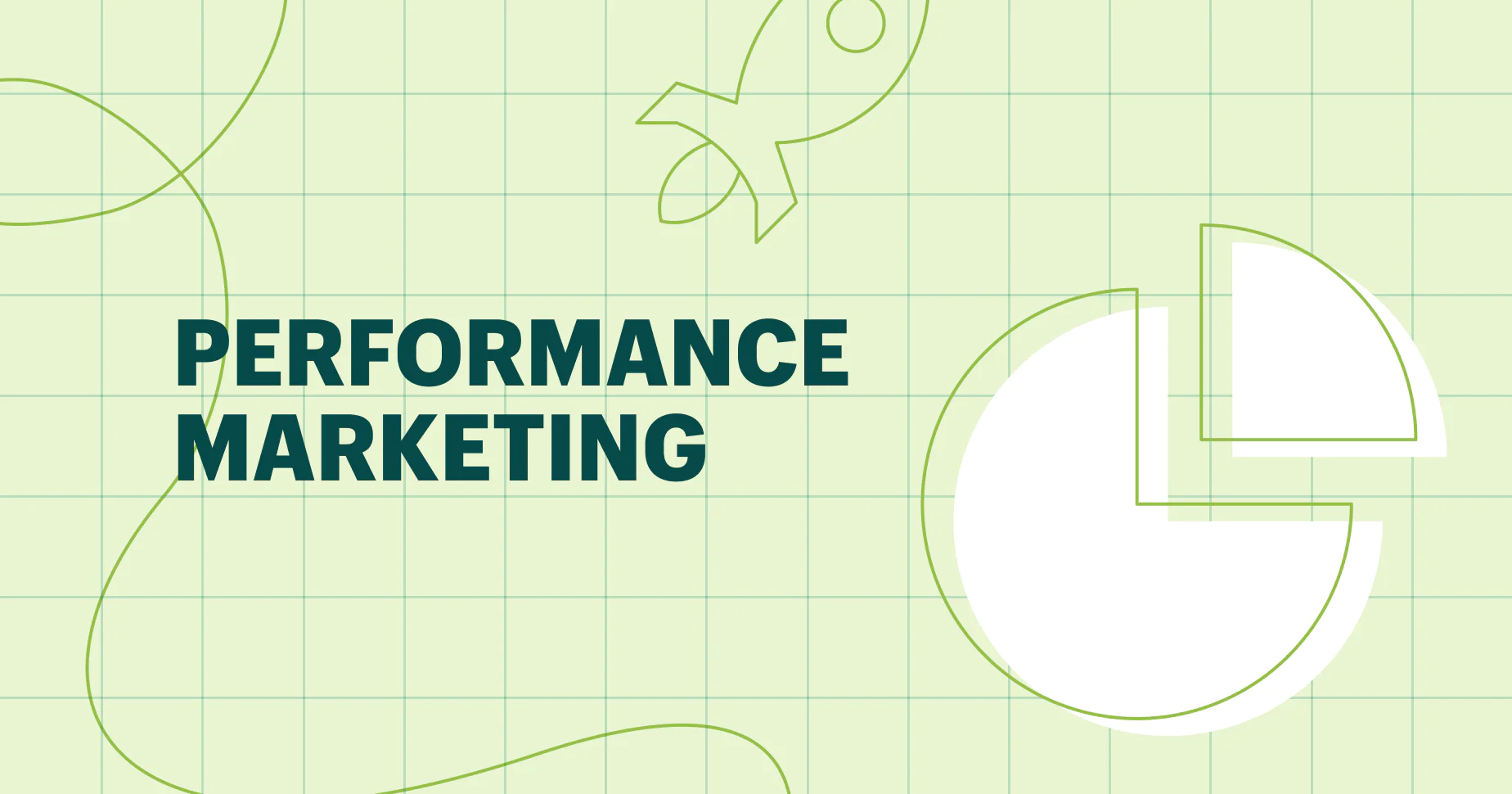
In today’s data-driven world, the ability to extract actionable insights from vast amounts of data is critical to making informed decisions. However, as the volume and complexity of data continue to grow, traditional methods of analysis are no longer sufficient to keep up with the pace of change.
This is where the power of artificial intelligence (AI) in data analysis comes into play. AI has the ability to process, analyze, and interpret massive datasets at a speed and scale that far surpasses human capabilities. By leveraging AI tools and techniques, organizations can unlock valuable insights that would have otherwise remained hidden in their data.
In this article, we will explore the ways in which AI is revolutionizing the field of data analysis, and examine how it can be used to extract actionable insights that drive business success.
The Role of AI in Data Analysis
Before delving into how AI can be used to extract actionable insights, it’s important to understand the role of AI in data analysis. AI refers to the simulation of human intelligence in machines that are programmed to think and act like humans. In the context of data analysis, AI technologies such as machine learning, natural language processing, and predictive analytics have the ability to process and interpret vast amounts of data to uncover patterns, trends, and relationships that can inform decision-making.
One of the key strengths of AI in data analysis is its ability to handle unstructured data. Traditional data analysis methods often struggle to make sense of unstructured data such as text, images, and videos. However, AI-powered tools can process and analyze unstructured data with ease, allowing organizations to leverage a wider range of data sources to gain insights.
Moreover, AI can also automate the data analysis process, reducing the time and effort required to perform complex analytical tasks. By automating repetitive and time-consuming processes, AI enables data analysts to focus on higher-value activities such as interpretation and strategic decision-making.
How to Use AI to Extract Actionable Insights
Now that we have established the role of AI in data analysis, let’s explore how organizations can leverage AI to extract actionable insights from their data. Here are some key ways in which AI can be used to drive insights:
- Advanced Predictive Analytics: AI-powered predictive analytics tools can analyze historical data to identify patterns and trends, and use this information to make accurate predictions about future outcomes. For example, in the retail industry, AI can be used to forecast customer demand, optimize inventory levels, and improve supply chain efficiency.
- Sentiment Analysis: Natural language processing techniques can be used to analyze text data from sources such as social media, customer reviews, and surveys to understand public sentiment towards a brand, product, or service. Sentiment analysis can provide valuable insights into customer preferences, opinions, and behaviors, which can inform marketing strategies and product development.
- Image and Video Analysis: AI technologies such as computer vision can be used to analyze image and video data to identify objects, people, and patterns. In industries such as healthcare, manufacturing, and security, image and video analysis can be used to detect anomalies, monitor production processes, and improve safety and security.
- Personalized Recommendations: AI-powered recommendation engines can analyze customer data to deliver personalized recommendations for products, services, and content. By leveraging AI to deliver personalized recommendations, organizations can enhance customer satisfaction, drive sales, and improve retention.
- Anomaly Detection: AI can be used to identify unusual patterns or outliers in datasets that may indicate potential issues or opportunities. For example, in finance, anomaly detection can be used to detect fraudulent transactions, while in manufacturing, it can be used to identify equipment failures before they occur.
Challenges and Considerations
While AI has the potential to revolutionize data analysis and drive actionable insights, there are also challenges and considerations that organizations must address when leveraging AI for data analysis. Some of these challenges include:
- Data Quality: AI algorithms are only as good as the data they are trained on. Organizations must ensure that their data is clean, accurate, and relevant in order to obtain reliable insights from AI-powered analysis.
- Interpretability: AI algorithms can produce complex and opaque results that are difficult to interpret and explain. Organizations must invest in explainable AI techniques that improve the interpretability of AI models and enable stakeholders to understand and trust the insights produced.
- Ethical and Privacy Concerns: The use of AI in data analysis raises important ethical and privacy considerations, particularly when dealing with sensitive personal data. Organizations must implement robust governance and compliance frameworks to ensure that AI-powered data analysis is conducted in an ethical and responsible manner.
- Skills and Talent: Leveraging AI for data analysis requires a skilled workforce with expertise in data science, machine learning, and AI technologies. Organizations must invest in the development of talent and build cross-functional teams that can effectively apply AI to extract actionable insights.
Conclusion
The power of AI in data analysis is undeniable. AI has the ability to process, analyze, and interpret vast amounts of data to uncover valuable insights that inform decision-making and drive business success. By leveraging AI-powered tools and techniques, organizations can extract actionable insights from their data in ways that were previously unimaginable.
However, the use of AI in data analysis also presents challenges and considerations that organizations must address in order to fully realize its potential. By investing in data quality, interpretability, ethical and privacy considerations, and talent development, organizations can harness the power of AI to extract actionable insights that fuel innovation and growth.
In conclusion, the power of AI in data analysis is a game-changer for organizations seeking to gain a competitive edge in the data-driven economy. With the right strategy and approach, AI can be used to unlock valuable insights from data that drive informed decision-making and fuel business success.







